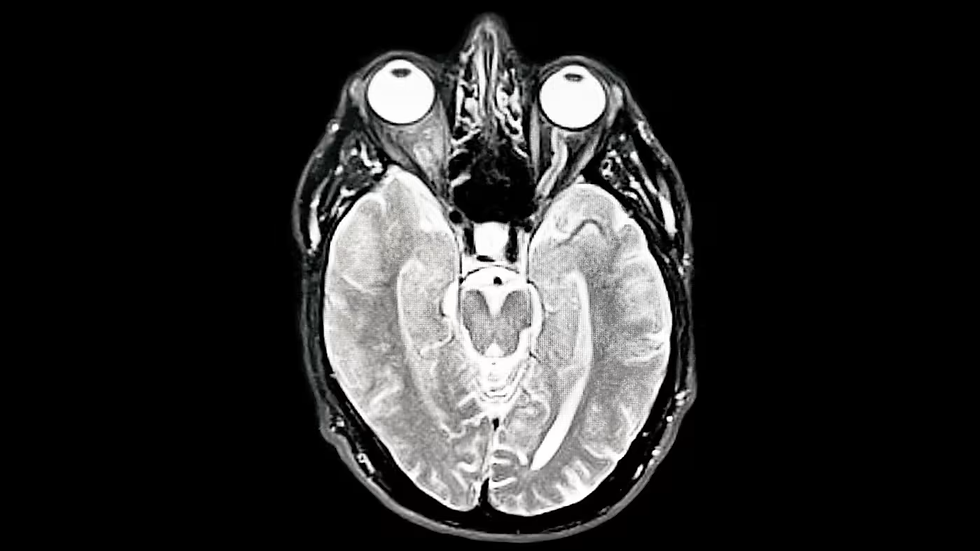Dark Matter Explored
- Melissa Santañez
- Jul 9, 2024
- 1 min read
“Since its discovery in 2016, there have been many attempts to reproduce Crater 2’s unusual properties, but it has proved very challenging,” said Hai-Bo Yu, a professor of physics and astronomy at the University of California, Riverside, whose team now offers an explanation for Crater 2’s origin in a paper published recently in The Astrophysical Journal Letters.
In the study of Crater 2, a dim satellite galaxy of the Milky Way, traditional theories of cold dark matter struggle to explain its unique properties. Located about 380,000 light years away, Crater 2 is unusually cold and diffuse, challenging conventional understanding.
Since its discovery in 2016, attempts to simulate or replicate Crater 2's characteristics have proven difficult. Professor Hai-Bo Yu and his team from the University of California, Riverside, propose an alternative explanation in their recent paper in The Astrophysical Journal Letters. They suggest that Crater 2's properties can be better understood through the theory of self-interacting dark matter (SIDM).
SIDM posits that dark matter particles interact with each other, reducing density and expanding the galaxy's size. This theory contrasts with cold dark matter (CDM), where density typically increases towards the center of a galaxy. Yu's team found that SIDM explains Crater 2's low-density halo and larger size despite tidal interactions with the Milky Way.
Their findings indicate that SIDM offers a more comprehensive explanation for Crater 2's formation and properties compared to traditional cold dark matter theories. This research opens new avenues for understanding the dynamics of dark matter and the evolution of satellite galaxies like Crater 2.
Source: SciTech Daily










Comments